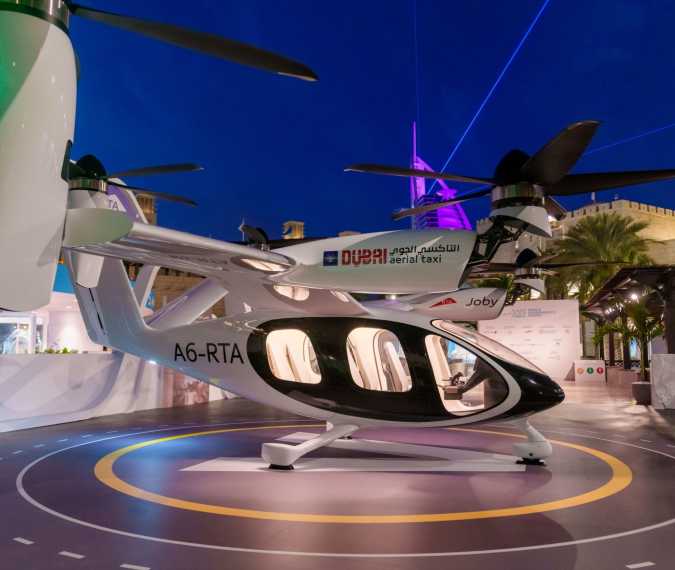
First flying taxi could take off in the UK by 2026
In the not-so-distant future, a glance upwards might reveal the intriguing sight of taxis navigating the skies above the United Kingdom. This vision, poised to transcend the realms of science fiction within a mere couple of years, hinges on the government's ambitious endeavors to invigorate an industry teetering on the cusp of revolution. These aerial conveyances, primarily manifesting as eVTOLs—acronymous for electric vertical take-off and landing crafts—embody the quintessence of sci-fi dreams. Globally, the fervor for such avant-garde transport is mounting, with experts highlighting a burgeoning market eagerly awaiting its ascendance. Yet, the UK finds itself a stride behind the global pace.
The trajectory towards autonomy in flight, including drones and other aerial vehicles, is ascending, propelled by insights from the Future of Flight's strategic blueprint. The labyrinth of certification, once deemed an insurmountable hurdle, begins to see the dawn of resolution, as per Dr. Nadjim Horri, a sage in aerospace studies at the University of Leicester. Despite these advances, the path is strewn with impediments. The UK's readiness, both in terms of infrastructure and societal acceptance for pilotless voyages, lingers in a state of anticipation.
In a bold countermove, the government sketches out a series of reforms aimed at hastening the embrace of eVTOL technology. A pivotal strategy involves granting drones the liberty to venture beyond their operator's visual range. The initiative aspires to weave drones into the fabric of societal utility—envisaging roles in delivering health essentials and in the pursuit of law enforcement. Such endeavors could render the presence of unmanned drones a familiar sight by the horizon of 2027, fostering a broader societal acceptance.
Yet, the notion of flying taxis carries the shadow of exclusivity, a perception challenge that Craig Roberts of PwC, together with governmental collaborators, aims to dispel through advocating for higher occupancy and longer distance ventures. The ambition for 2026, though daunting, is not beyond the realm of possibility.
The public's endorsement, however, is contingent on convincing them of the unparalleled speed and convenience such modes of transport offer. This includes the promise of streamlined security procedures that eclipse the tedium encountered in traditional air and ground transportation. The industry acknowledges the imperative of refining these processes, with Roberts hinting at technological innovations as the key to unlocking this challenge.

Photo: Joby Aviation
Moreover, the advent of drone and flying taxi operations presupposes the inception of novel infrastructures, like mini airports. A glimpse of this future was unveiled in a Coventry carpark in 2022, serving as a tangible testament to the concept. Yet, Urban Air Port, the visionary behind this initiative, laments the scarcity of investments in urban cores. The skepticism of Andrea Wu, the firm's Chief Executive, casts a pall over the Future of Flight's timeline, underscoring the need for expedited regulatory advancements and infrastructure development to actualize the dream of autonomous aerial services by 2030.
This narrative, enriched with a tapestry of complexities and aspirations, paints a vivid picture of the UK's potential trajectory towards integrating flying taxis into its urban landscapes. The journey, marked by technological innovation and regulatory challenges, beckons a future where the skies become the new avenues for transportation.


